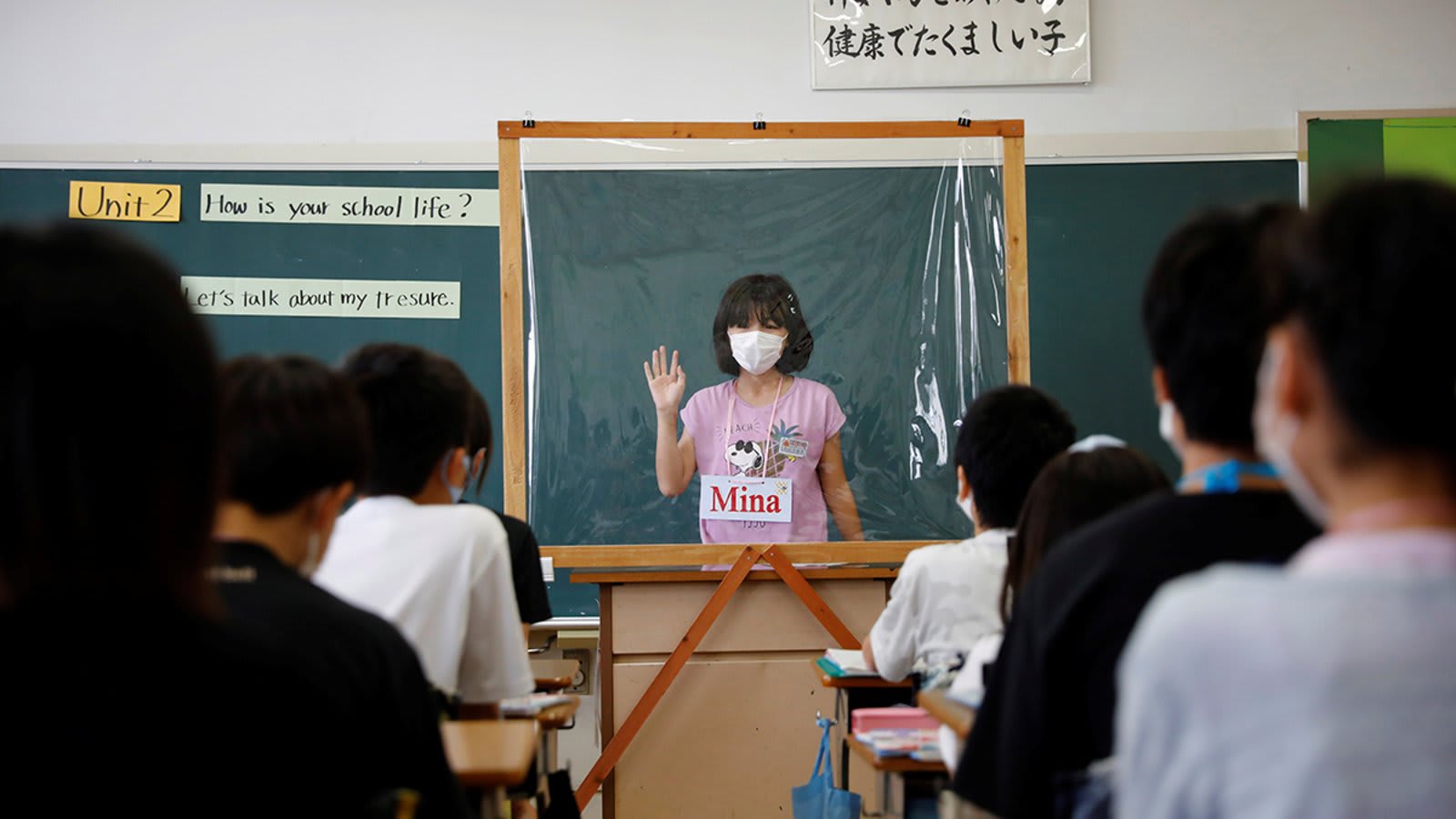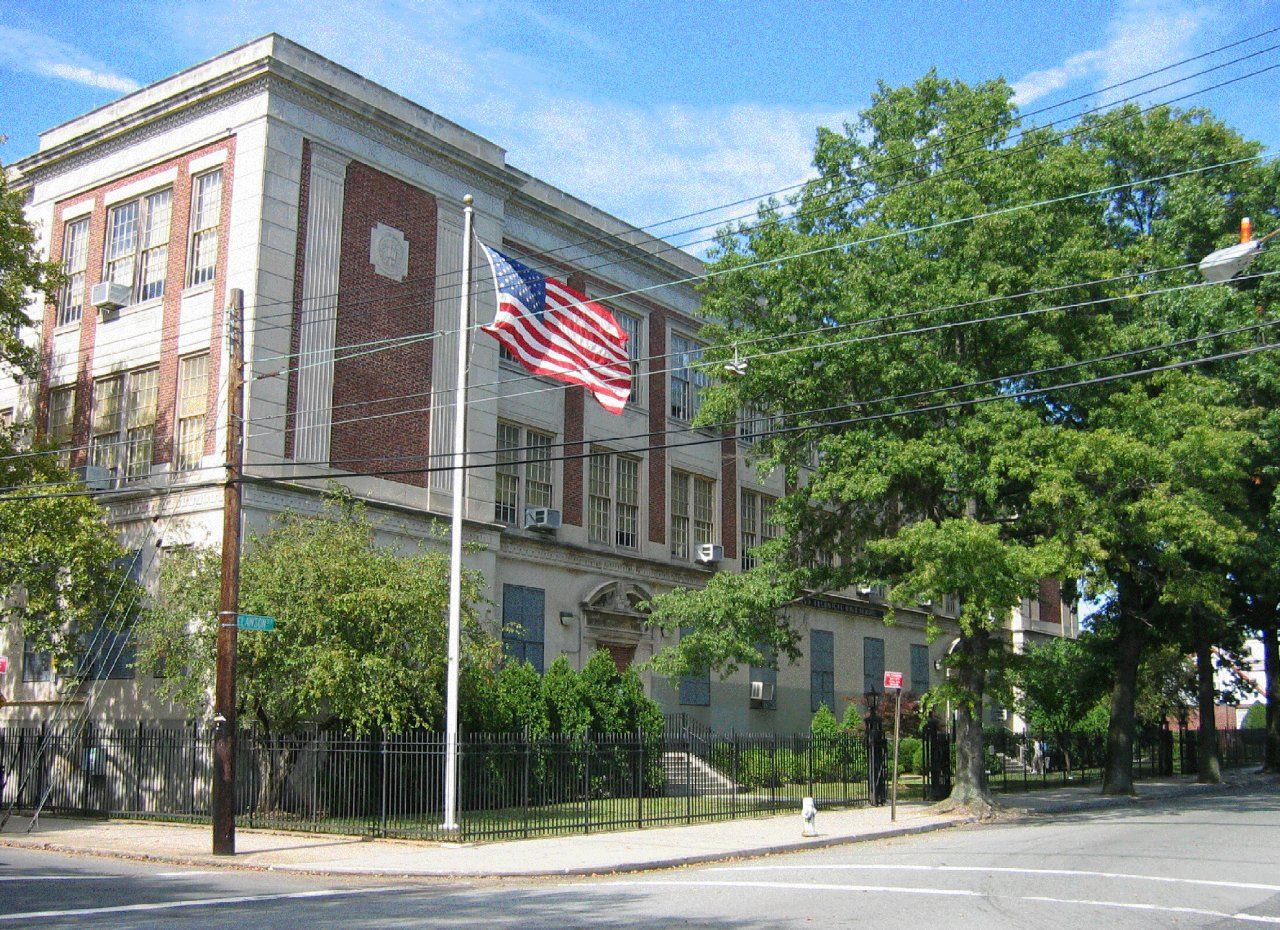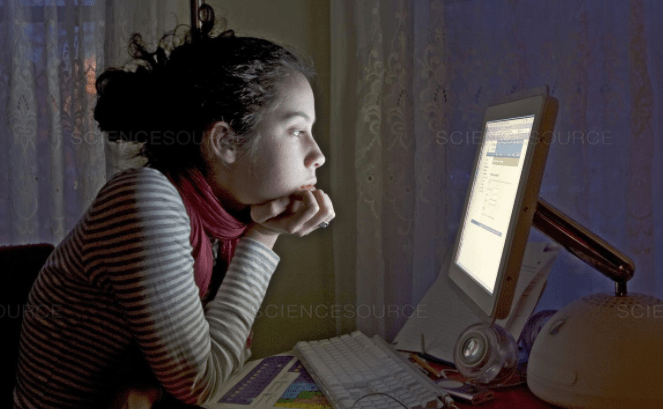Written by: Kenny Tung
A few weeks ago, Mayor de Blasio officially announced that all NYC high schools can return to having blended-learning or in-person instruction. After months of agitation and unrest, students can return to some sense of normalcy. Many are ecstatic to return to school and finally see their friends and teachers in real life, rather than behind a mere screen. Amidst the COVID-19 pandemic, numerous students’ mental health has deteriorated due to social isolation — even demonstrating early signs of anxiety and depression. This return to school will aid many in getting back to their normal lives.
But do the pros truly outweigh the cons in this situation? Certainly, it is a complicated topic with no easy answer. After all, the unpredictability of the pandemic and the jeopardization of students’ mental health is very complex.
That now begs the question: should schools have reopened?
As COVID-19 vaccines continue to roll out, cases across the country have plateaued. For many, this is a wondrous sight that marks a possible beginning to the end of the pandemic. Unfortunately, people shouldn’t get too ahead of themselves and continue to stay vigilant instead. These vaccines were created under very rushed circumstances. Although they have been proven to be effective, there are no studies about their long term effects. Research has determined that vaccines should be effective for at least six months. But, that is only at least six months. It is very plausible that vaccinated individuals can lose their immunity shortly after the six month mark.
Luckily, the current school year will be ending in two months, meaning that there should be no concern about the spread of COVID-19 amongst the vaccinated. Based on these findings, the return to school makes perfect sense. But what about the people who are weary of the vaccine and refuse to take it? According to the World Health Organization (WHO) and Centers for Disease Control and Prevention (CDC), herd immunity should be sufficient to protect unvaccinated people. It is also the best method to finally place a halt on the pandemic. Yet, there is still a long way to go until herd immunity can be achieved. In fact, it may even be impossible — at least in the next few months.
Currently, the WHO and CDC are still unsure of the threshold necessary for herd immunity because herd immunity for diseases is inconsistent. Diseases such as measles have a threshold of 95% percent, whereas diseases such as polio have a threshold of 80%. The threshold necessary for herd immunity is solely based on the disease itself, and due to the unpredictable nature of the coronavirus, there is very little information on it. Experts have estimated that the threshold for COVID-19 may fall between 70% and 80%. However, a large portion of the population is reluctant to take the vaccine, which threatens the chances of herd immunity.
Despite everything, however, it would seem that the return to school leans towards the positive direction. Recently, people above the ages of 16 have become eligible to obtain the vaccine, meaning that the opening of high schools should be relatively safe. Regardless, people should still follow safety guidelines to ensure the protection of everyone around them.
However, COVID-19 was only one puzzle piece of the issue. Through the vaccine, the safety of students — which is always the number one priority — can be somewhat ensured. However, there is still another pandemic taking place: the mental health crisis.
Humans are very social creatures who yearn for interaction and communication with others. It is no surprise that the social distancing protocols in the early stages of the pandemic placed immense strain on people — especially students. Students were stripped of their normal lives, forced to stay at home, and forced to avoid contact with others. Speaking with peers over the phone or on video call is incomparable to the joy that comes from speaking with peers in person. Simply, many have gotten tired of seeing everyone through a digital screen. This sort of social isolation has caused many students to develop anxiety, depression, and stress, causing students to feel lost. The return to school should have positive effects on students’ mental health. Schools have always been a place where students can interact and have fun with each other. The sight of friends and teachers will help many forget the isolation they once felt.
Recently, I have conducted interviews with students from various high schools across Staten Island, Brooklyn, and Manhattan. For those returning to school, everyone responded to being excited about returning to school. They all concurred on the notion that they missed seeing friends and simply being at school. Though, these results were to be expected. After all, remote learning or in-person instruction is a student’s choice, implying that those who would like to return have clear intentions of returning. For those choosing to remain remote, ironically, the majority actually wished to be in school, but they believe that the risks are still too high. In essence, returning to school has been very positive to many.
Overall, the question as to whether or not schools should be reopened is still very open-ended. At the moment, though, it appears that returning to school doesn’t pose many risks. As long as the safety of students can be ensured, the decision made to return to school was very justified. It will definitely improve the mental state of many students across NYC as well, an issue that is always pushed under the rug by many.
For many, high school is the best years of students’ lives. Finally, we can enjoy it once again.
Citations
“Coronavirus Disease (COVID-19): Herd Immunity, Lockdowns and COVID-19.” World Health
Organization, World Health Organization, www.who.int/news-room/q-a-detail/herd-immunity-loc
kdowns-and-covid-19.
“Mental Health and Coping During COVID-19.” Centers for Disease Control and Prevention, Centers for
Disease Control and Prevention, www.cdc.gov/coronavirus/2019-ncov/daily-life-coping/managin
g-stress-anxiety.html.
“Operational Strategy for K-12 Schools through Phased Prevention.” Centers for Disease Control and
Prevention, Centers for Disease Control and Prevention, www.cdc.gov/coronavirus/2019-ncov/co
mmunity/schools-childcare/operation-strategy.html?CDC_AA_refVal=https%3A%2F%2Fwww.c
dc.gov%2Fcoronavirus%2F2019-ncov%2Fcommunity%2Fschools-childcare%2Fschools.html.
“Herd Immunity and COVID-19 (Coronavirus): What You Need to Know.” Mayo Clinic, Mayo
Foundation for Medical Education and Research, 3 Mar. 2021, www.mayoclinic.org/herd-immuni
ty-and-coronavirus/art-20486808#:~:text=Even%20if%20infection%20with%20the,to%20halt%2
0the%20epidemic.
Kyung-Hoon, K. (2020). [Picture]. https://www.cfr.org/backgrounder/how-countries-are-reopening-schools-during-pandemic


